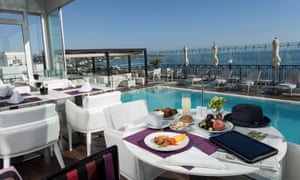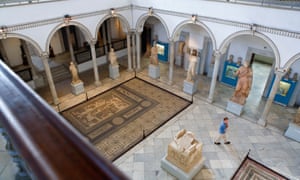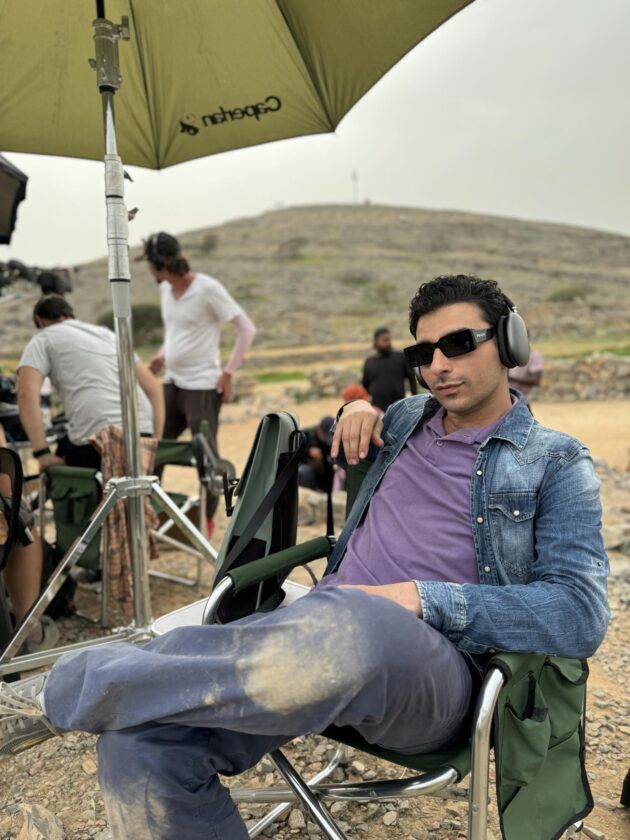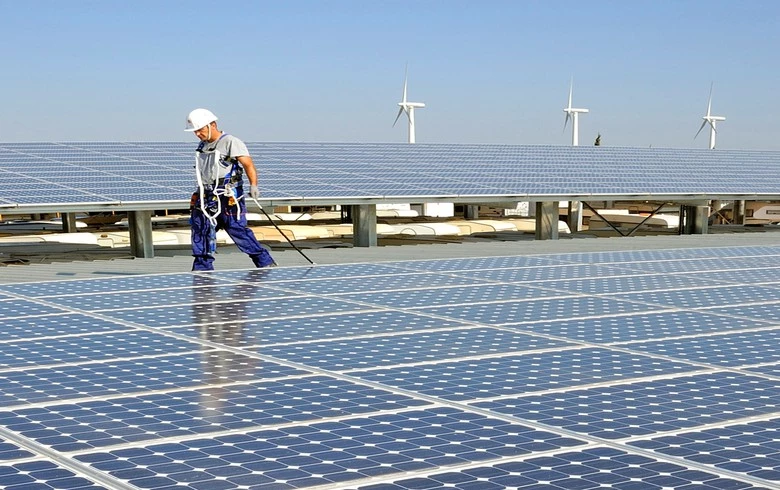Tourism is on the rise in Tunisia after the 2015 terror attacks, but international visitors remain in short supply in its capital, leaving its Roman ruins and key attractions largely empty
It’s late evening at Tunis’s Sidi Bou Said TGM train stop. A group of teenage boys skip across the tracks to disapproving looks and head for the waiting room where a homeless person is asleep. It turns out they are looking for somewhere with an echo so one of them can sing. When the boy begins, the sleeper sharply suggests they go away.
The boys move to another waiting area where the sound of unaccompanied singing soon drifts along the platform. Tunisians heading home after a Saturday evening wait to board the service for La Marsa Plage, the last stop on the line. The train, when it comes, is a little scruffy.
European tourists are in short supply in Tunis three years after the twin terrorist attacks on Sousse and on Tunis’s Bardo museum, although they have begun returning to beach resorts such as Hammamet. With Thomas Cook and other companies flying to Tunisia again that trajectory will likely continue.

It is the first time I’ve been back in the city since the revolution of 2011, and to a country that has fared far better than the others from the Arab spring. I am in Tunis because my wife has been working in the country with local political parties for the upcoming municipal elections, in which half the candidates will be women. For her, the weekend is the first opportunity to see the sights.

The bookshop windows have essays by Camus and graphic novels; the cafes such as Le Gourmet and the French bakery Maison Kayser do breakfast in the French style. The Tunisian bourgeois in the cafes speak French to one another.
One advantage of staying in La Marsa is that it is a straightforward 25-minute walk to Sidi Bou Said, one of the most popular tourist attractions. While organised tours can rattle round the sites of Tunis, sometimes in a day, it is better to linger. Flâneurs at heart, on a Saturday afternoon Sidi Bou Said is where Tunisian weekenders come for cafe au lait and petit fours. Afterwards, they continue up the steep hill of Avenue 14 Janvier – one of many streets and squares named for the 2011 revolution that finally swept away Zine El Abidine Ben Ali – to the restaurants and cafes in the heart of Sidi Bou Said itself.
Although it seems busy, in one of the shops the owner complains about the lack of European tourists adding that before the attacks in 2015 he would sell one of his carpets at least once a day, a common complaint on those reliant on tourism.
Hugely popular are the stalls selling bambaloni (also bamablouni), sweet and deep fried doughnuts eaten with sugar or honey. The rooftop Art Cafe, on several levels around a steep flight of stairs, is also worth visiting for its terrace and views across the city, which can be enjoyed while smoking a narguilah.
At the other end of the spectrum is the restaurant and bar at the Dar Zarrouk: an old Tunisian palace with sea views and a pretty tree-filled courtyard whose guests includes businessmen, diplomats and local politicians.

The food scene in Tunis is but one attraction, its antiquities are quite another. The site of ancient Carthage was once ruled by Hannibal, and the Punic city was destroyed by the Roman general Scipio in 149BC at the end of the third Punic war. Looking at the basements of the few remaining houses, its story – amid today’s rivalries and proxy wars in the wider region – seems shockingly contemporary, a reminder that today’s hawks are not much different from Cato the Elder, the Roman senator who ended each speech with the words: “And Carthage must be destroyed.”

The picture of life in both Punic and Roman Carthage is rounded out with a visit to the Bardo Museum (admission £3.30), the scene of one of the two 2015 attacks. In the foyer, it now hosts a memorial to those killed. Itself a former palace – one of the most important museums in the region after the Egyptian Museum in Cairo – its white vaulted rooms are largely empty of people even on a Sunday, once one of its busiest days.
Last and not least is Tunis old Medina, a Unesco world heritage site dating to the period of the Almohads and the Hafsids when, between the 12th to the 16th century, Tunis was considered one of the most important and richest cities in the Islamic world. A warren of streets and lanes, it is a city within a city to rival Jerusalem’s Old City, Marrakech or Tehran’s Grand Bazaar, a place of historic palaces, mosques and religious schools punctuated with cafes and shops.
Arriving on a Friday night and leaving at lunchtime on Monday, Tunis is a city that leaves me anxious to go back for more.




